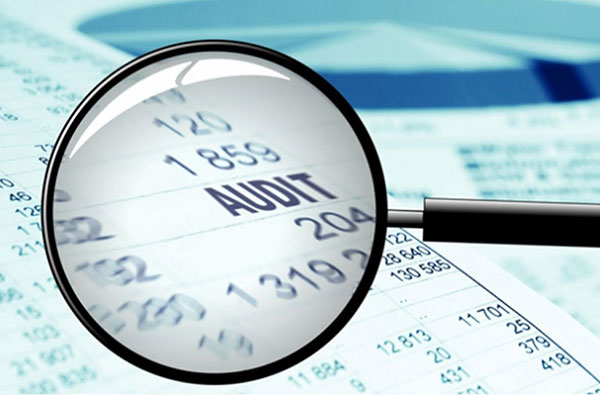Accounts Auditing
Accounts Auditing:
- Carry out a study and field survey for the procedures, working methods and accounting systems applicable to the clients in order to prepare the plan and auditing program to audit the client’s accounts.
- Conduct a critical study for the procedures and ways of working with clients ;evaluating them and
- identify the key weaknesses and report our recommendations for the management to address them.
- Carry out documentary studies for our clients’ accounts in order to make sure of commitment to implement the procedures, identify weakness points in the internal control and report the necessary recommendations to avoid them and treat them in a separate book.
- Discuss observations and recommendations books with specialists and provide guidance to improve performance in order to achieve the required internal control over transactions.
- Supervise and participate in the preparation of estimated budgets and cash flow data.
- Carry out economic studies for the fund sources and their uses.
- Make a comparison studies for revenues and costs, and inform the management of any deviations may appear.
- Supervise and participate in the final calculations of data for our clients and review and verify its
- integrity as a beginning to prepare the balance sheet and give our professional opinion on the
- balance sheet to our clients at the end ofthe year along with attaching a detailed report on the final
- review.
- Discuss the final calculation data and the final reports with our clients specialists and approve them.
Planning for Auditing Process:
(A) Dividing and distributing the client’s activities:
The bureau, in planning the audit work, depends on the latest professional methods in terms of the division and distribution of client activity to several documentary cycles such as:
- Fixed assets’ accounts cycle.
- Customers’ accounts cycle – receivables.
- Cash accounts cycle
- Revenues accounts cycle
- Costs accounts cycle – expenditures
- Procurements accounts cycle
- Inventory accounts cycle
- Other cycles as per the requirement of the customer’s activity.
- The most important reports that we provide the client with during the audit period and the dates of submission.
- The important (either primary or final dates) for auditing work and date of submitting the final report about the final accounts to the client.
- The main points that will be focused during the auditing after discussion with specialists of the client.
- Statement of the estimated times and distributing them according to the accounts’ items maintained with the client whether for primary or final auditing.
- dit department with the client if necessary.
2- Auditing Program:
After the completion of the audit plan and identify the points included so that they represent a general framework to carry out the auditing process, an auditing program is prepared in conformity with the procedures and methods used with the client so that it covers all the activities and accounts with him and determine the necessary auditing steps for each of them, Moreover we focus on economic auditing and financial analyses for the client’s activities in terms of:
- Management Accounting.
- Study the optimal policy for diversification of client’s fun.
- Study the budgets and their effectiveness and commitment.
- Study the available reports and analysis of the financial statements.
- Conduct comparative studies for all similar items in a previous period and identify any deviations, study their causes and reporting the necessary recommendations for treatment.
- Audit programs are discussed in addition to coordination with specialists in the audit department with the client if necessary.


